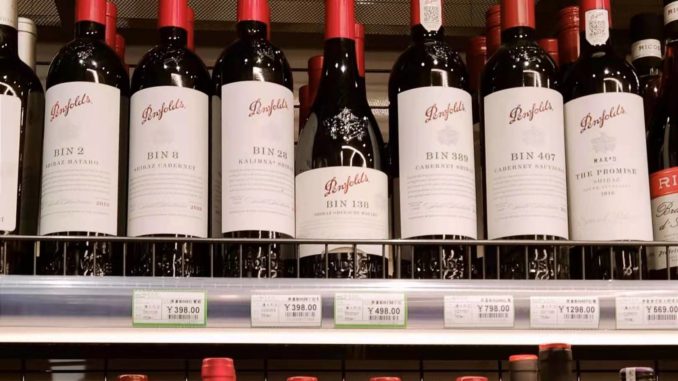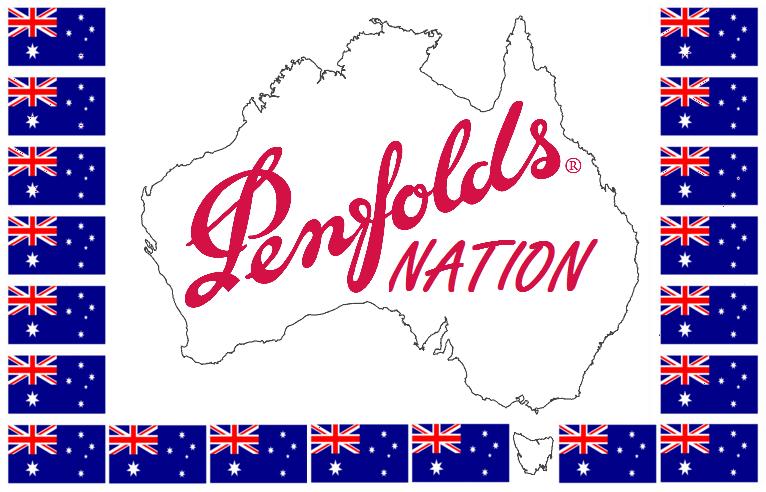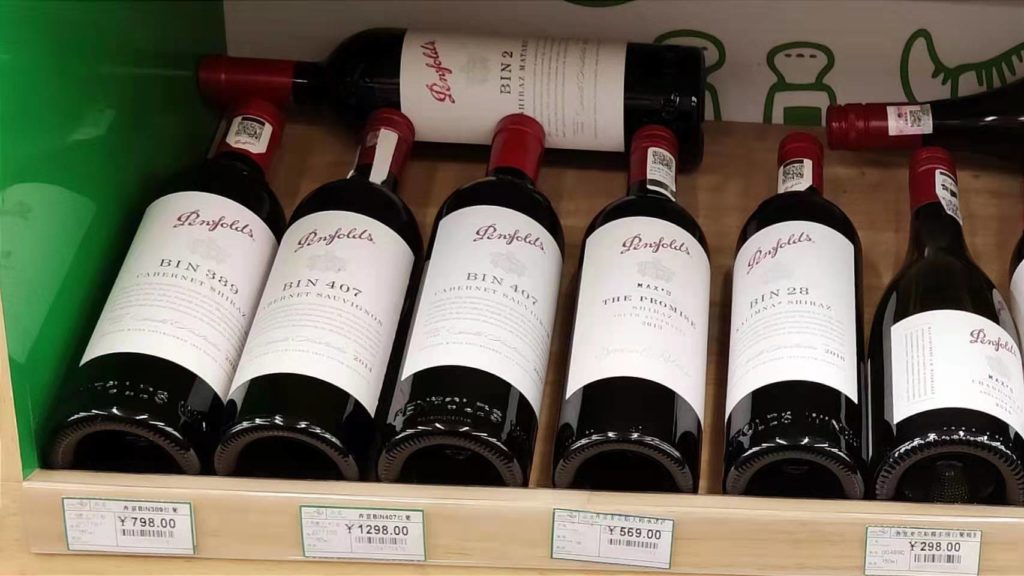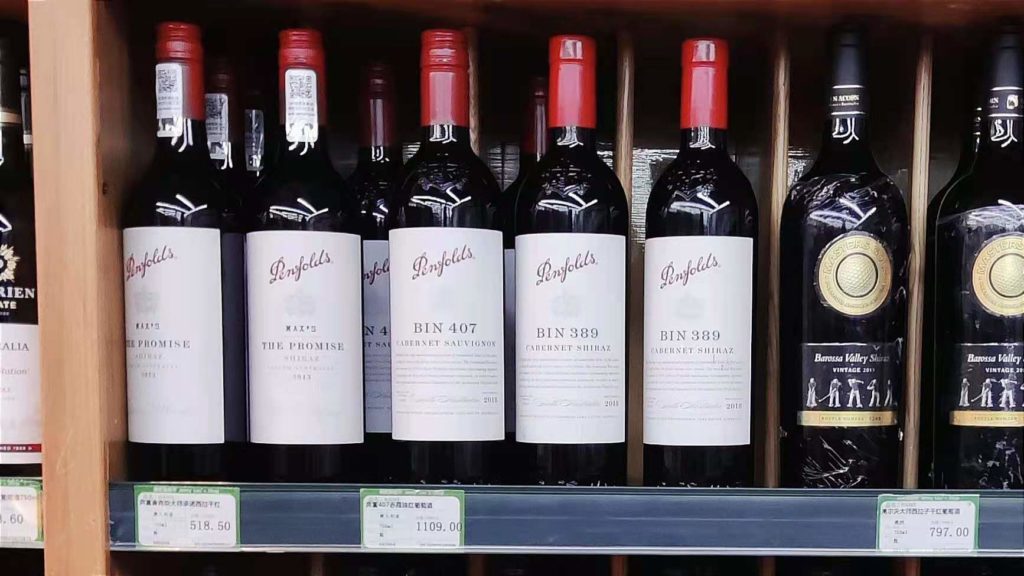
Online trade publication WBO reports that Treasury Wine Estates, best-known for its Penfolds label, is making progress in plans to make wine in China. WBO said it has learned TWE picked 10 producers from 80-plus candidates in China to submit wines for what some assume will ultimately be a blend bottled in Ningxia.
WBO said that the candidates include high-end wine from Ningxia’s Qingtongxia region — suggesting the aim is to create a premium label that can substitute for the popular Bin 389 and / or Bin 407 that helped boost Penfolds market share here before China’s tariffs hit — and that it has two sources in the region for bottling any such wines.
(For an idea of Penfolds’ power, check out this post that compares its import value versus with those of countries like France, Chile and Italy.)

Qingtongxia is home to a number of quality wineries, including the fairly new, modern and sprawling Xige Estate, which has Ningxia’s largest tracts of “old vines”, meaning about 25 years old, and has been seen as a kind of “Penfold’s of China.”
That moniker is due to many factors, including the use of a wine numbering system akin to the bin series of Penfolds, something other wineries are also doing, and development of a portfolio that covers entry-level wines to high-end drops, including a RMB6000 / USD850 Pinot Noir. Xige’s owner is also familiar with TWE as he made his name in part via a high-volume distributor of Penfolds Max named Easy Cellar.
No doubt the creation of a Penfolds wine, especially a premium one, based in Ningxia would be seen as a win for the region and for Chinese wines in general. It would further legitimize a region that has racked up over a thousand contest medals but struggled to resonate with consumers, though it has gained some ground the past few years, notably at a time when there is rising pride in local products.

Ningxia does have high-profile global wine brands in the form of Pernod Ricard with its Helan Mountain label and LVMH with its Domaine Chandon sparkling wines, with examples elsewhere in China including DBR Lafite’s Longdai in Shandong and LVMH’s Ao Yun in Yunnan, though these are relatively low volume.
A successful Penfolds brand, one that had ample volumes and resonated on a national level, would take things up a notch. (In terms of branding, perhaps our April Fool’s idea of a koala and panda hugging is apt?)
Such a premium wine would also help justify the fairly high prices of many Ningxia wines, as they could ultimately be seen as equals and / or substitutes. In fact, some commenters on WBO’s post made that point, namely, why drink a Penfolds Ningxia wine can you can drink other locally owned Ningxia wines?
Finally, it would result in some knowledge transfers in terms of sales, marketing and brand building. We have seen plenty of “hardware” transfers, in terms of high-end winery and vineyard equipment, and skills transfers via consulting winemakers, viticulturalists and so on. But a key focus now that China is able to produce lots of good wines is to actually sell it, and perhaps having Penfolds close to home, and seeing how they do things, might help China’s wine scene in general, although the reasons why Australian wine grabbed so much market share in the first place are pretty diverse.
Anyway, I’ve been meaning to write about Australia’s wine situation in China, as recently talked to some media Down Under about this topic. That includes a look at macro issues, such as the tariff situation and the chances for resolving it, at other Australian operations looking to make wine in China, and more.

Sign up for the Grape Wall newsletter here. Follow Grape Wall on LinkedIn, Instagram, Facebook and Twitter. And see my sibling sites World Marselan Day, World Baijiu Day and Beijing Boyce. Grape Wall has no advertisers, so if you find the content useful, please help cover the costs via PayPal, WeChat or Alipay. Contact Grape Wall via grapewallofchina (at) gmail.com.
Leave a Reply
You must be logged in to post a comment.